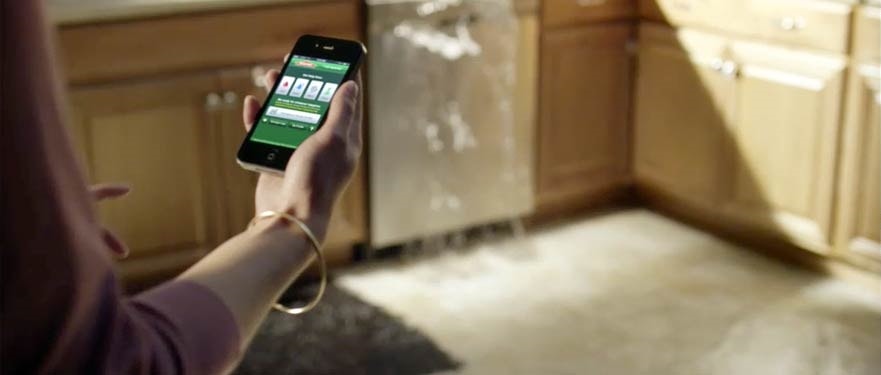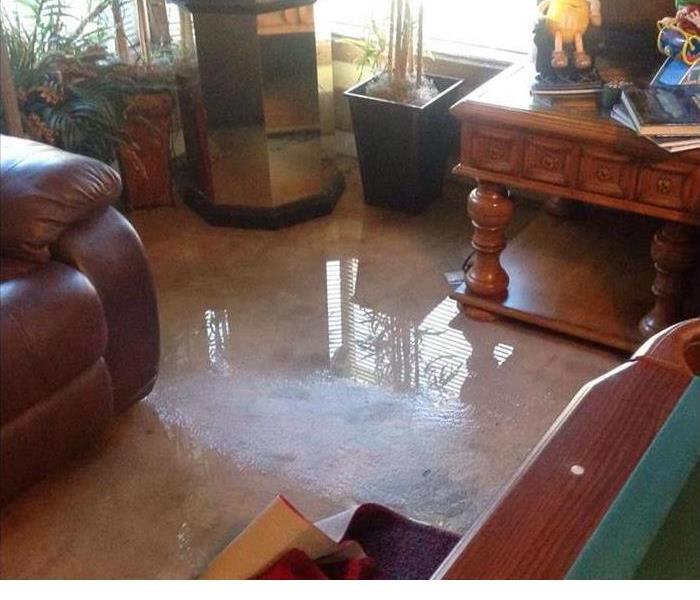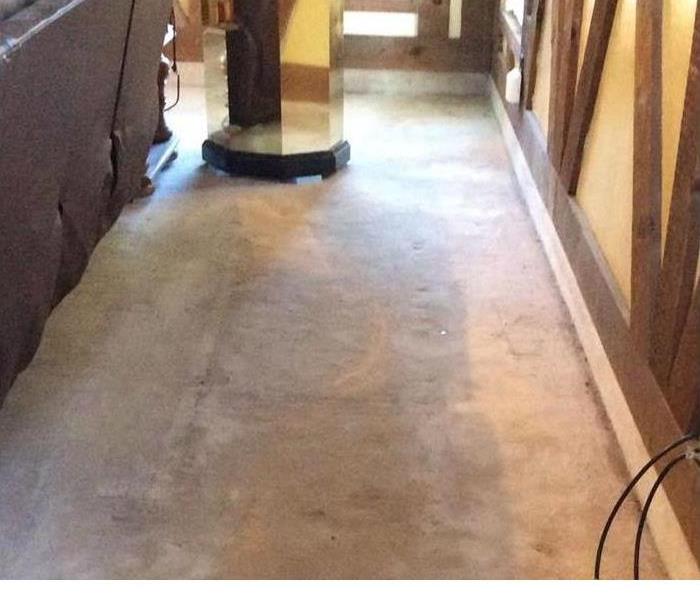
Water Damage Emergency Tips
What you can do until help arrives
Water Tips | Fire Tips | Biohazard Tips | Mold Tips
Mold Growth
After a flood the drying process can take a few days, and the wet material must be removed to avoid mold from growing. To make sure there is not any mold growth constant air flow is key until the area is dry and removing any porous material. SERVPRO has a special product that will prevent mold from growing and is sprayed to the affect area while it drying so it can be absorbed into the material. Mold can start growing fast so it is important to get the water out of the wet material as quickly as possible.
Have A Water Damage Emergency? Call (559) 261-9765
What To Do After Flooding
- Remove excess water by mopping and blotting.
- Wipe excess water from wood furniture after removal of lamps and tabletop items.
- Remove and prop wet upholstery and cushions.
- Place aluminum foil or wood blocks between furniture legs and wet carpeting.
- Turn air conditioning on for maximum drying in summer.
- Remove colored rugs from wet carpeting.
- Remove art objects to a safe, dry place.
- Gather loose items from floors.
What NOT To Do After Flooding
- Don't leave wet fabrics in place. Hang furs and leather goods.
- Don't leave books, magazines or other colored items on wet carpet or floors.
- Don't use your household vacuum to remove water.
- Don't use television or other household appliances.
- Don't turn on ceiling fixtures if ceiling is wet, and keep out of rooms where ceilings are sagging.

 24/7 Emergency Service
24/7 Emergency Service




